Ancient Warfare is a unique publication focused exclusively on soldiers, battles, and tactics, all before 600 AD. Starting with ancient Egypt and Persia and continuing to the fall of the Western Roman Empire, Ancient Warfare examines the military history of cultures throughout Europe, the Middle East and parts of Asia and Africa. Ancient Greece and Rome receive the most frequent coverage, due both to the wealth of contemporary sources and the modern fascination with these two great civilizations. Subject-matter ranges from the familiar to the more obscure: while Alexander the Great, the Persian Wars and Caesar’s Gallic campaigns all receive regular coverage, Ancient Warfare also looks at some of the less common parts of ancient military history, from chariots as battle taxis to PTSD in antiquity.
Ancient Warfare Magazine
EDITORIAL - The beginning of all warfare
PRELIMINARIES
HAVE YOU READ? • SENSORY HISTORY OF ANCIENT WARFARE
A SOLDIER’S MESSAGE FROM THE GRAVE • The wording on most Roman military tombstones is fairly standardized, giving the soldier’s name alongside basic service details. But the epitaph on this example from Roman Britain contains something else – a direct message from the dead soldier to the living…
MUTINY AND MURDER • The period of Rome’s first civil war, commonly known as the Social War, was fought against what could be construed as Rome’s socii (allies). It is also often associated with the watershed events of Sulla and Marius, who marched their respective legions against the city of Rome in quick succession – an inauspicious first in Roman history. Although these ‘marches on Rome’ are seen to set an instrumental precedent in the decline of the Republic, they were not the only examples that emerged during this conflict.
Sulla’s siege of Pompeii
HOW WAR CHARIOTS PERFORMED • Did the woven floor of Bronze Age war chariots help archers achieve a steadier aim in the chaos of battle? This is one of the research questions explored by a group of Italian engineers. Initially, the research project was entirely based on computer simulations, but now the team is getting ready for empirical studies with a full-scale replica chariot.
THE WARRIORS OF ANCIENT SARDINIA • The Nuragic culture of Sardinia (the second-largest island in the Mediterranean Sea) lasted from roughly the eighteenth century BC until 238 BC, when the island was colonized by the Romans. We know very little about any form of writing on Sardinia in this period. The largest and best source of information about Sardinian warriors in the Bronze Age and early Iron Age comes from hundreds of small bronze figures called bronzetti and from the stone statues found in the Mont’e Prama heroon (mortuary temple).
CHARIOTS FOR A KING • In the Greek camp outside of Troy, Odysseus and Diomedes were preparing to spy on the Trojans – they put on their ‘terrible armour’ and their comrades gave them shields and weapons worthy of their status. They snuck off into the enemy lines and killed several Trojan allies; as a prize, they made off with the fine chariot and horses of king Rhesus.
HOMER'S BOAR-TUSK HELMETS • The grand inspirations that led Heinrich Schliemann to look for the remains of Troy and Mycenae have since given way to more focused investigations of particular remains and their role within the rather elusive ancient societies. Boar-tusk helmets are such artefacts which have sparked the curiosity of researchers in the past decades and have raised interesting questions about Mycenaean culture.
ONE FINAL SIEGE • The Trojan War is commonly considered a coherent ten-year event, but the siege of the city is rather the capstone in a punitive expedition by the assembled Greeks against the inhabitants of the Troad. Homer’s description of the composition of the Greek and Trojan armies, and of the war situation in...
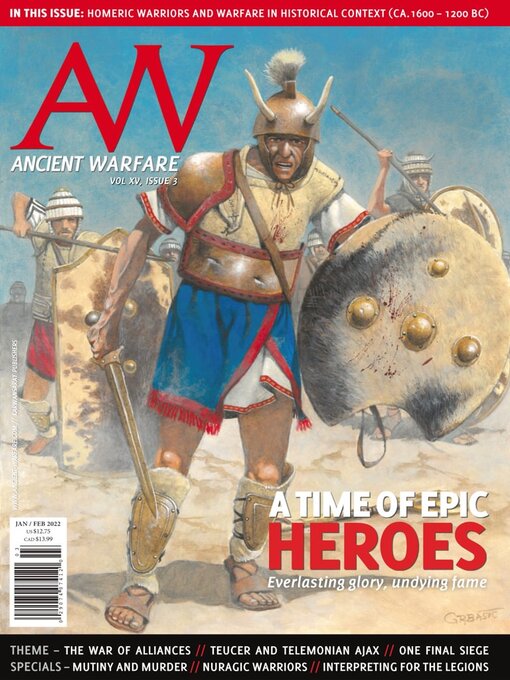
 AW XVII.2
AW XVII.2
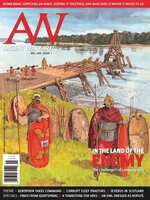 AW XVII.1
AW XVII.1
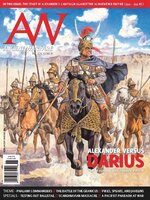 AW XVI.6
AW XVI.6
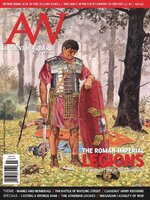 AW XVI.5
AW XVI.5
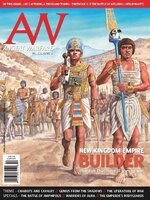 AW XVI.4
AW XVI.4
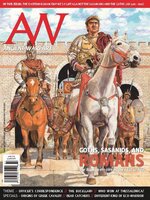 AW XVI.3
AW XVI.3
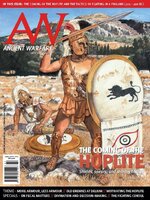 AW XVI.2
AW XVI.2
 AW XVI.1
AW XVI.1
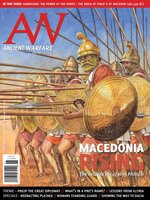 AW XV.6
AW XV.6
 AW XV.5
AW XV.5
 AW XV.4
AW XV.4
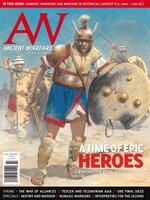 AW XV.3
AW XV.3
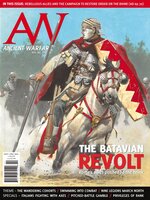 AW XV.2
AW XV.2
 AW XV.1
AW XV.1
 AW XIV.6
AW XIV.6
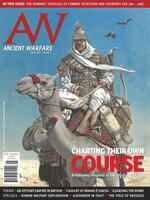 AW XIV.5
AW XIV.5
